
What does coffee processing mean?

Coffee processing is the process of converting coffee cherries into green coffee beans. The fruit of the coffee plant, the coffee cherry, contains two seeds or beans that are encased in a fleshy outer layer.
In order for green coffee beans to be ready for roasting, the fruit must first go through a process of removing the outer layers. This can be done through a variety of methods. Some of them are as old as coffee itself, while others are relatively new.
The coffee processing method used can have a drastic effect on the final result. Different methods will extract different flavors from the coffee beans and can even change the caffeine content.
In recent years, there has been a trend towards using newer methods of coffee processing, such as anaerobic fermentation.
But no matter which method is used, coffee processing is an essential step in coffee preparation.
What are the steps involved in coffee processing?

Coffee processing typically involves four steps:
1. SELECTION
This is the first step in coffee processing and it is important to select only ripe coffee cherries.
If coffee cherries are picked that are not ripe or are overripe, this will negatively affect the quality of the coffee.
2. PULPING
The next step is to remove the coffee cherries from their parchment.
This can be done by machine or by hand.
3. FERMENTATION
Once the coffee cherries have been extracted from their parchment, they need to go through a fermentation process.
This step helps break down the sugars in the coffee and prepare it for drying.
4. DRYING
Coffee cherries must be dried to a moisture content of around 11%. This can be done in the sun or in mechanical dryers.
After the coffee has gone through these four steps, it is ready to be hulled and classified.
These last two steps are important to ensure that only the highest quality coffee beans reach the roaster.
"Regardless of the method, harvesting, pulping, fermentation and drying remain the basic steps of the process."
The most common methods for processing coffee cherries
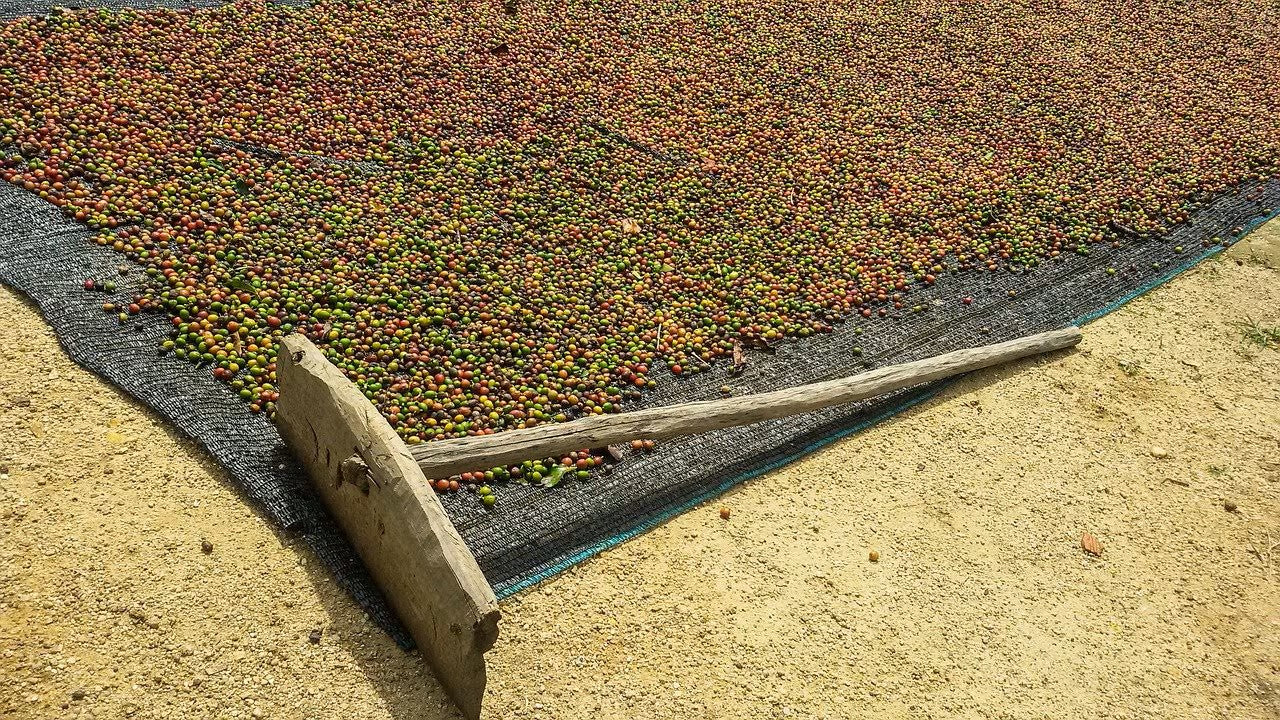
There are many coffee processing methods used throughout the coffee-growing world.
Each method has its own unique effects on the coffee beans and can drastically change the flavor of the coffee.
Let's look at some of the most common methods.
Natural processed coffee
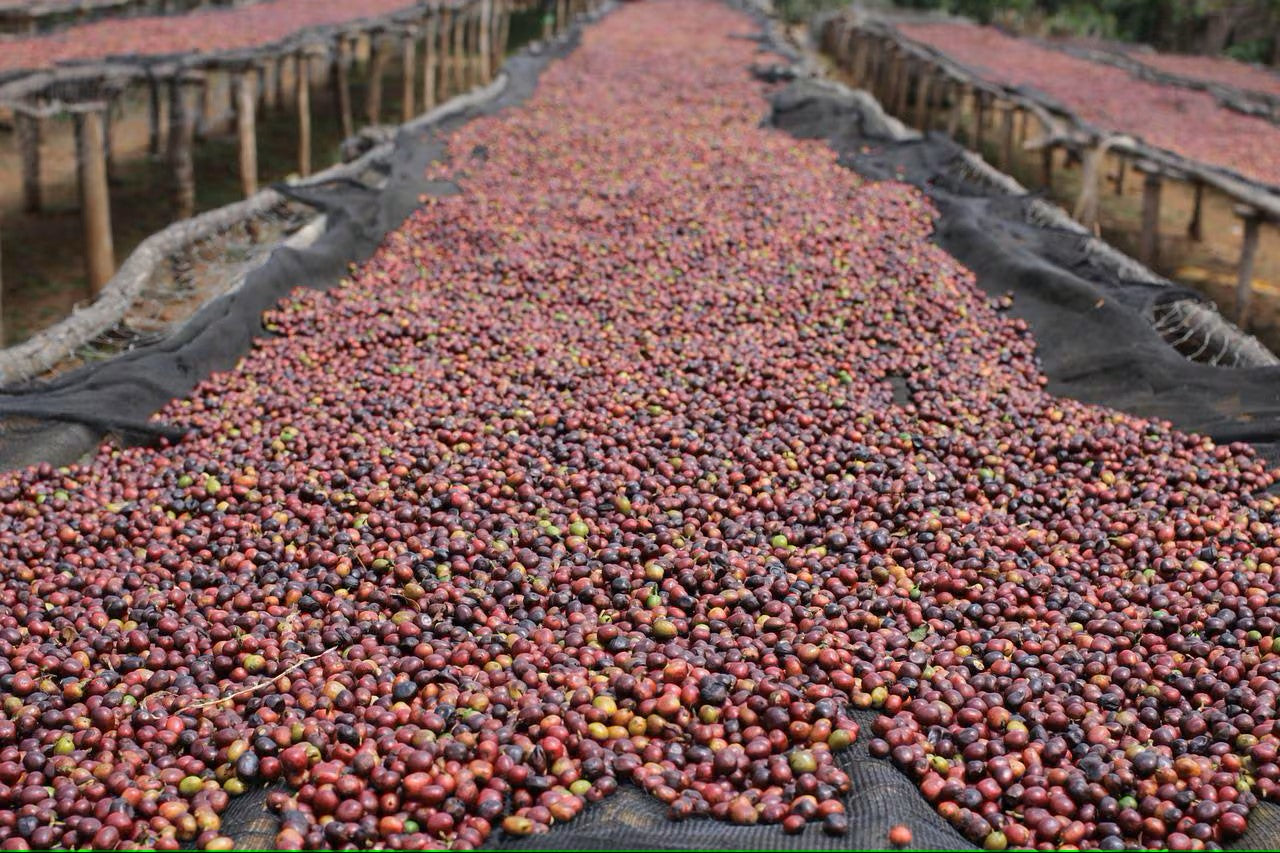
This method of coffee processing is also called dry-processed coffee. The coffee cherries are dried in the sun until they reach the desired moisture content. This can take between two and three weeks. Naturally processed coffee usually has a sweeter taste with notes of fruit and chocolate.
Coffee beans are also less acidic than coffee processed using other methods. This coffee is typically grown in regions with warm climates, such as Ethiopia and Brazil.
If done correctly, naturally processed coffee can be one of the most flavorful and complex coffees out there. However, it is also one of the most difficult methods to master. Coffee cherries must be dried slowly and evenly to prevent them from over-drying or fermenting.
Naturally processed coffee can be more difficult to produce than coffee processed using other methods. This is because the coffee cherries must be carefully monitored during the drying process to ensure that they do not become over-dried or moldy.
Washing process
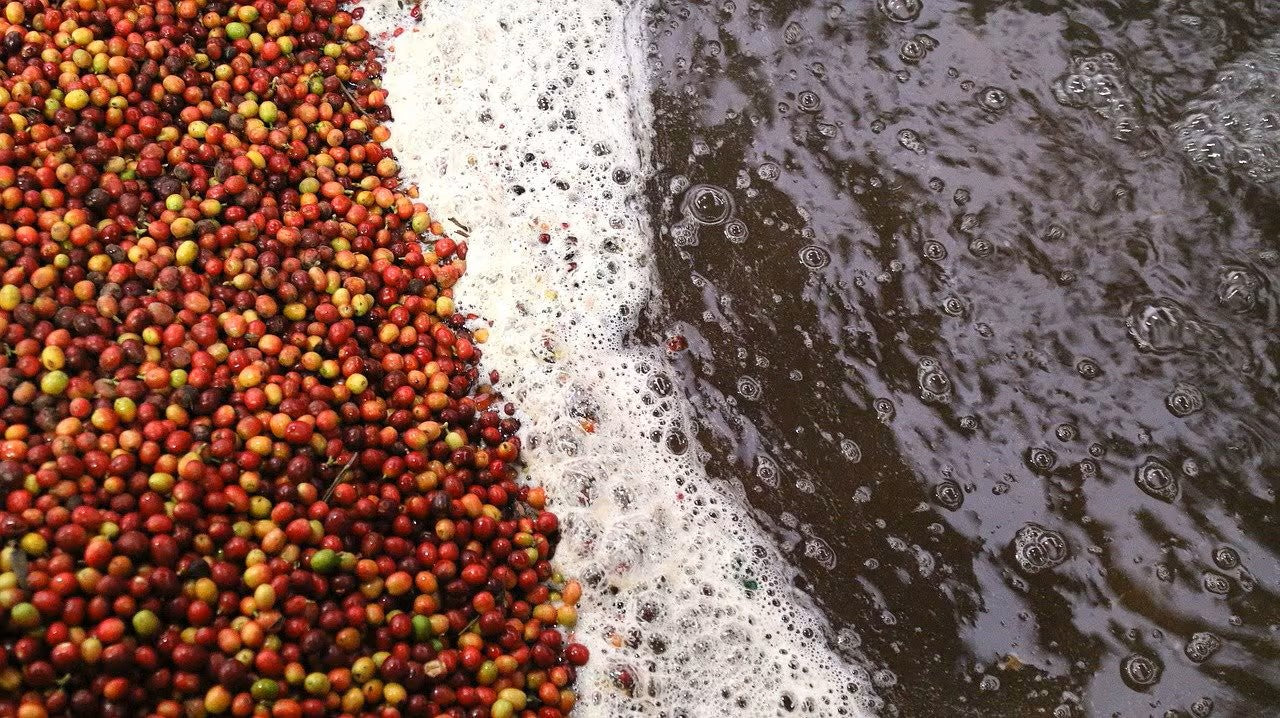
Washed coffee is coffee that has been processed with water. Coffee cherries are first soaked in water to separate the fruit from the beans. They are then put through a machine that removes the outer layers of the coffee cherry.
After pulping, the coffee beans must go through a fermentation process that helps break down the sugars in the coffee and prepare it for drying. The coffee beans are then dried until they reach a moisture content of around 11%.
Washed coffee generally has a more balanced flavor with less fruitiness than natural processed coffee. The washed coffee processing method is the most common today, as it produces a more consistent cup of coffee and it is also easier to control the fermentation process.
The washed coffee process requires more work than natural coffee, but results in a coffee that is less likely to have defects.
Processing of wet hulled coffee

Wet-hulled coffee is a coffee processing method commonly used in Indonesia. Unlike “standard wet processing” where moisture levels are lowered to 10-12%, Giling Basah allows the coffee cherries to semi-dry to 30-35% moisture.
After fermentation, the coffee beans are hulled while still moist, which removes the outer layers of the bean. The coffee beans are then dried until they reach the desired moisture content.
Wet hulled coffee generally has an earthy flavor with hints of chocolate.
Processed Giling basah coffee generally has an earthy flavor with hints of chocolate.
New methods of coffee processing
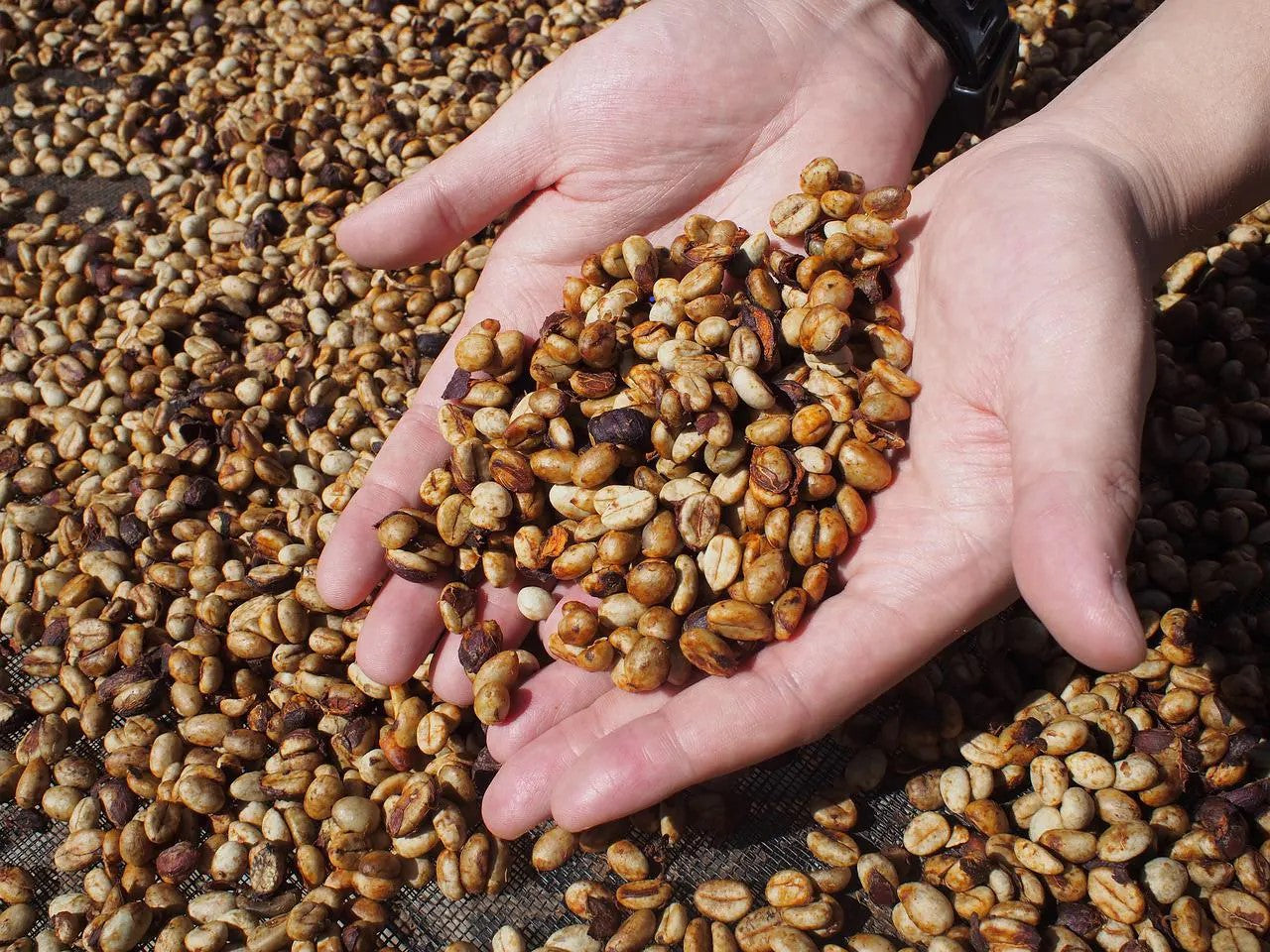
Coffee processing methods have come a long way in recent years. With new methods being developed all the time, coffee aficionados can explore the different flavours and textures that coffee can offer.
Here are some:
Processed coffee with honey
Honey processed coffee is coffee that has been processed by partially removing the coffee cherry. The coffee cherries are pulped and then placed in tanks where they undergo a controlled fermentation process.
After fermentation, the coffee beans are dried with the help of forced air or mechanical dryers. This helps to preserve some of the coffee's natural sugars, resulting in a sweeter tasting coffee.
The honey coffee processing method is a newer processing method that is becoming more popular among coffee producers. This method results in a coffee with a sweeter taste and a unique flavor profile.
Anaerobic Processing of Coffee
Anaerobic coffee processing is a coffee processing method that involves fermenting coffee beans in an oxygen-free environment. This coffee typically has a fruity flavor with hints of chocolate.
The coffee beans are placed in a sealed container where they undergo fermentation that lasts between 12 and 48 hours.
Anaerobic coffee processing is a new processing method that is becoming more popular among coffee growers. This coffee typically has a fruity flavor with hints of chocolate.
AQUAPULP Coffee Processing
The aquapulp process is a way of removing the sticky pulp from the coffee cherry. It uses machines to scrub the cherry and has gradually replaced traditional wet processing methods.
One disadvantage of the aquapulp process is that it can result in coffee beans that are more difficult to roast evenly. This is because coffee beans can retain more moisture when the mucilage is mechanically removed.
Carbonic maceration coffee processing
This is a process that was introduced by award-winning barista Saša Šestić in 2015.
It uses whole cherries and lets them rest in a carbon dioxide-rich environment.
The biggest difference of this method compared to anaerobic processing is that the coffee cherries are fully fermented.
The result?
The pectins that break down during carbonic maceration allow a wide variety of flavors, such as whiskey, banana or red wine, to filter into the coffee beans.
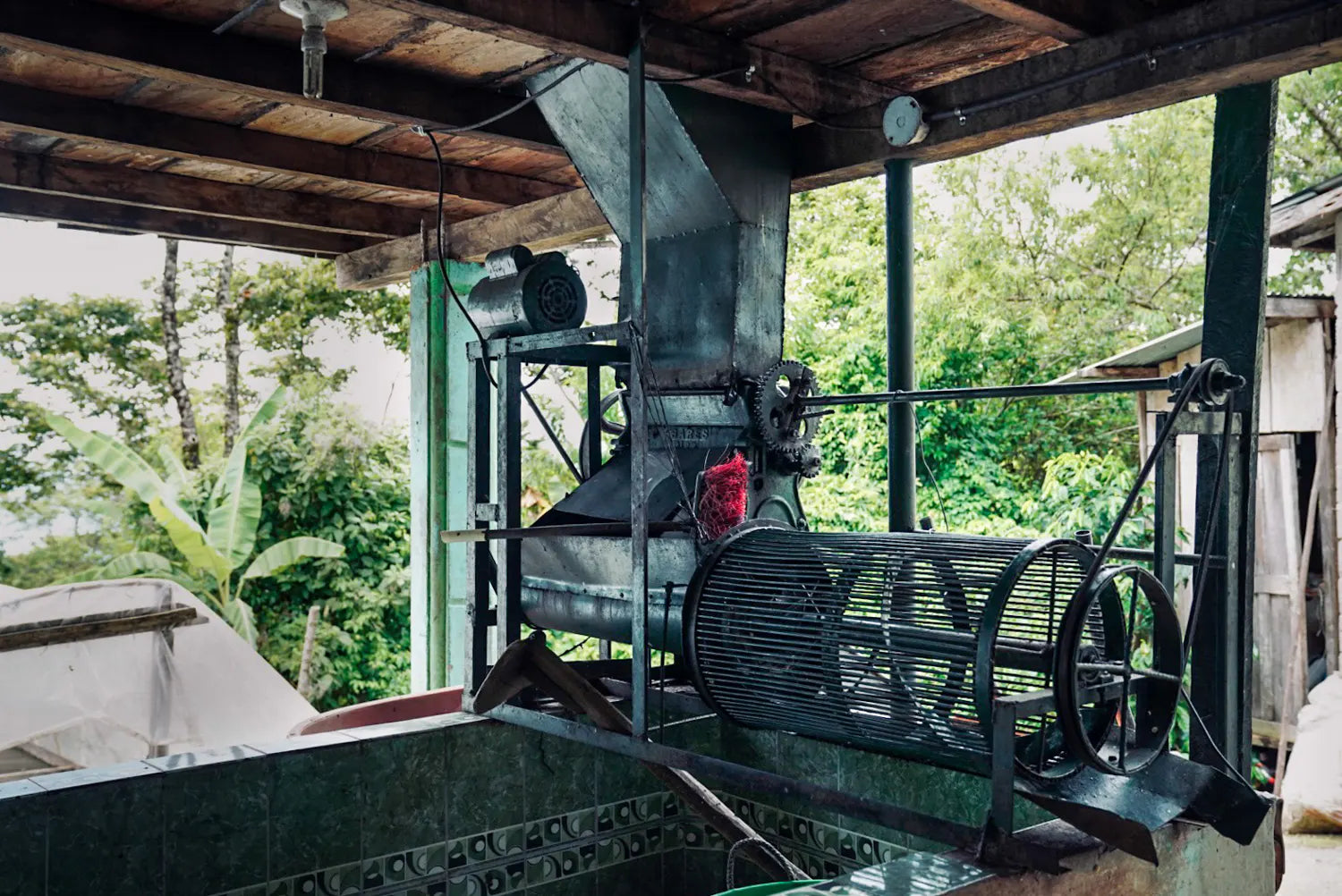
What happens after coffee beans are processed?
Once the coffee is processed, the beans are still wrapped in the parchment layer.
However, at this point, the beans have a low enough moisture content to be stored without risk of rotting.
They are usually kept in a dry warehouse, or rest, for one or two months before being exported.
Before export, the beans must be dehulled to remove the parchment. This is usually done mechanically in a dry mill, rather than using a wet mill or pulper as in the washing process.
Once shelled, the beans are classified and selected (mechanically or manually) taking into account size and colour.
Conclusion
Coffee processing is an important step in the process from the coffee bean to the cup of coffee you drink in the morning. Different methods can have a significant impact on the flavor and aroma of the coffee.
We've explored the most common methods and some of the newer techniques, but there are many more.
